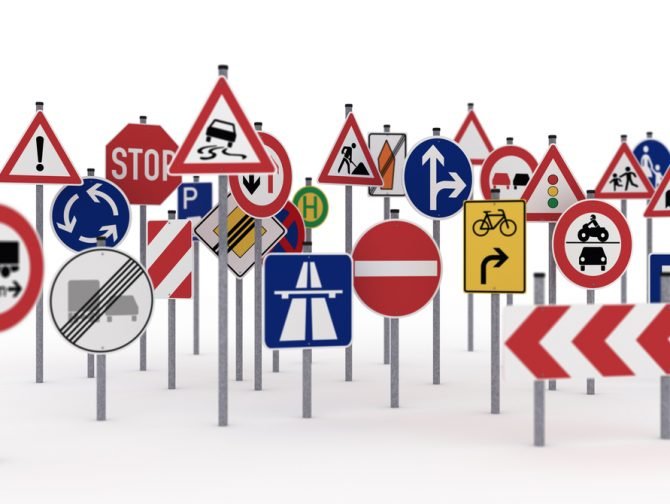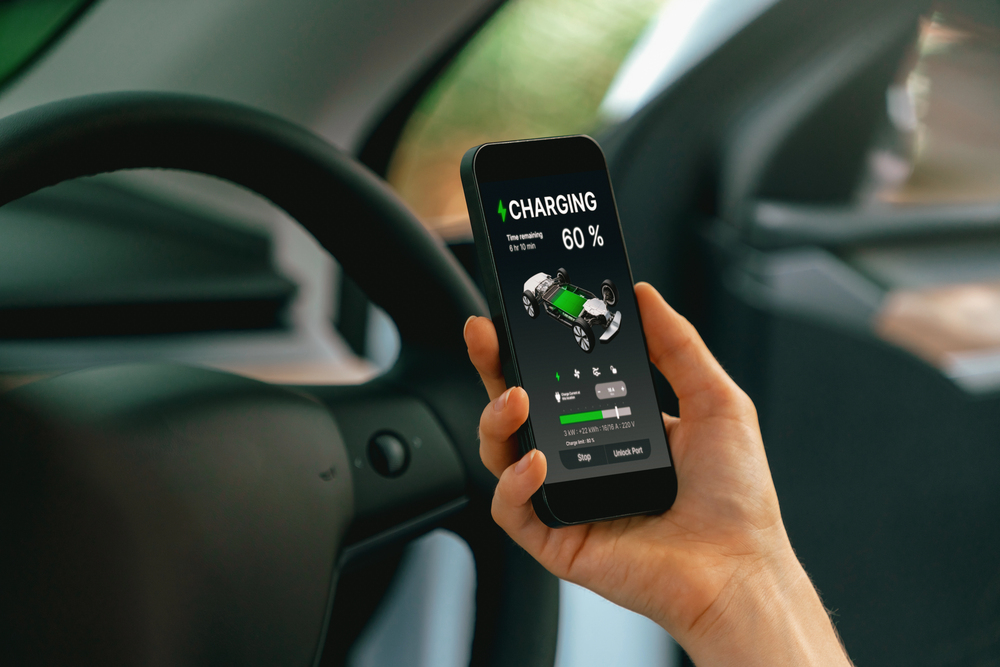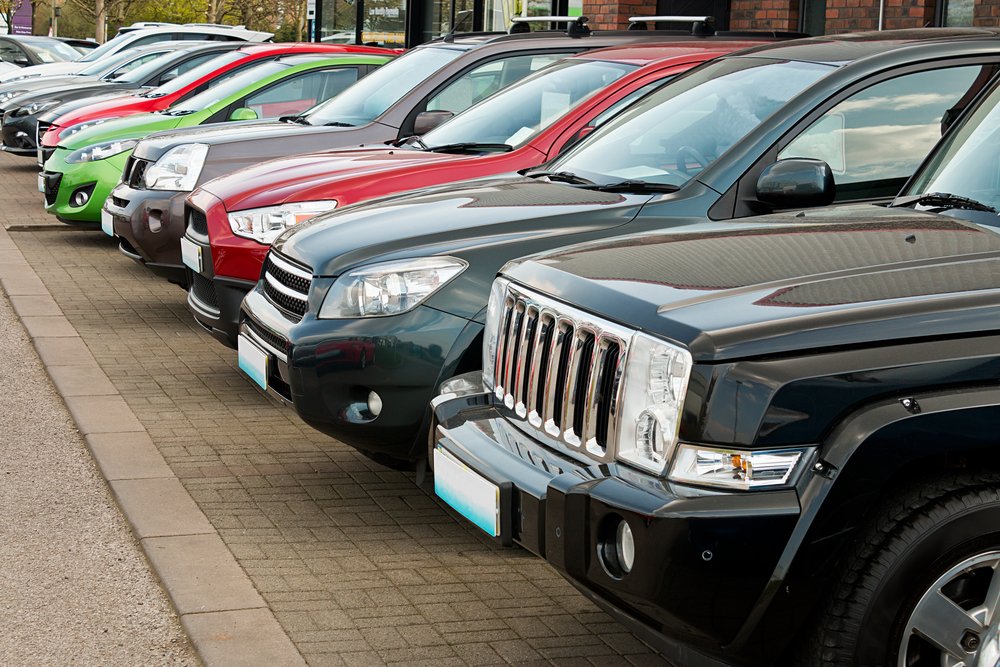
To improve driver focus and safety, advanced driver-assistance systems (ADAS) are improving to the point where they can pick up traffic signs and relay information to drivers.
Signs like “do not enter,” stop and speed limits can be delivered to the driver through its heads-up display, the infotainment console or instrument cluster, according to a report from J.D. Power. More sophisticated systems could pick up other signs as well.
If a driver misses a sign, the traffic-sign recognition (TSR) safety tech system would alert the driver so they can react accordingly. In other words, it can act as a second set of eyes to road signs.
The system uses advanced forward-facing cameras positioned high on the windshield — generally next to the rearview mirror unit — where it is aimed to view traffic signs. The cameras scan the side of the road relative to the vehicle.
Once the camera recognizes a sign, the TSR system’s software processes the image to establish its classification and meaning. It then relays the information to the driver almost right away with a representation of the sign, be it an icon or graphic.
“However, TSR’s ability to accurately identify a sign depends on the speed of the vehicle and its distance to the sign,” J.D. Power noted.
Other limitations include poor weather (such as fog or heavy rain causing low visibility), a foggy or otherwise blocked windshield, damaged signs, a titled vehicle due to a heavy load or modifications, and more.
“While TSR and similar camera- and sensor-based technologies are potentially significant to moving us toward an autonomous driving future, there is still a long way to go,” J.D. Power observed. “At this point, TSR is still primarily a driver-assistance system meant only to assist. Drivers cannot rely solely on this system to make steering or braking maneuvers/adjustments.”
Watch for automakers to add TSR to ADAS offerings soon, it added.













Leave a Reply